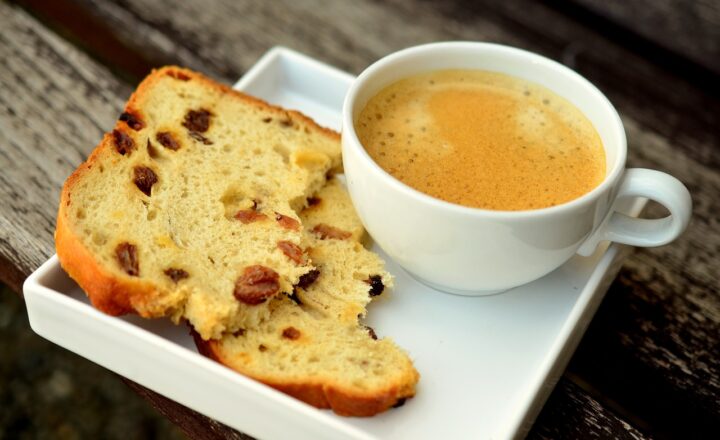
Wine and food pairing is a timeless art that can enhance the dining experience and elevate the flavors of both the wine and the dishes being served. While some people might feel intimidated by the vast array of options, mastering the basics of wine pairing can make anyone a confident host or connoisseur. This guide will offer tips, tricks, and strategies for pairing wine with various meals, demystifying the process and helping you create memorable culinary experiences.
1. Understanding the Basics of Wine Pairing
The world of wine comprises a spectrum of flavors, aromas, and textures. At its core, pairing wine with food involves achieving a harmonious balance between the two. Here are some essential principles to consider:
- Acidity: Wines with high acidity, like Sauvignon Blanc, can cut through rich, fatty dishes, making them an ideal match for creamy sauces or fried foods.
- Tannins: Red wines with higher tannin levels, such as Cabernet Sauvignon, pair well with proteins like red meats, as the tannins soften the perception of fat in the meat.
- Body & Weight: Lighter dishes like salads or seafood are better suited to lighter wines, whereas richer dishes call for fuller-bodied wines. For example, a light-bodied Pinot Grigio works well with sushi, while a bold Malbec complements grilled steak perfectly.
- Flavors: Aim to match the dominant flavors of your dish with the wine. If your meal features earthy ingredients, try a wine with similar profiles, like a Pinot Noir with mushroom risotto.
This foundational knowledge sets the stage for any successful pairing.
2. Pairing Wine with Different Types of Cuisine
Cuisine plays a significant role in wine pairing. Different regions have culinary traditions, each with distinct flavors that can guide your wine selections.
a. Italian Cuisine
Italy is famous for its rich gastronomic heritage. Consider these pairings:
- Pasta with Tomato Sauce: A Chianti or Sangiovese complements the acidity of the tomatoes beautifully.
- Risotto: A white wine like Verdicchio pairs well with seafood risotto, while a Barolo enhances the flavors of mushroom risotto.
b. French Cuisine
French wines and dishes often create classic culinary pairings:
- Coq au Vin: A Beaujolais or Pinot Noir harmonizes with the flavors of this slow-cooked chicken dish.
- Bouillabaisse: Serve this rich fish stew with a crisp, aromatic white like a Provençal rosé.
c. Asian Cuisine
Asian dishes often have complex flavors that require careful pairing:
- Sushi: A dry Riesling complements the delicate flavors of sushi without overpowering it.
- Spicy Thai Dishes: Off-dry whites such as Gewürztraminer or Sauvignon Blanc soften the heat of spices and balance the flavors.
By considering the cuisine’s characteristics, you can make better wine choices.
3. The 5 Key Pairing Strategies
When selecting wine for your meals, keep these practical strategies in mind:
- The ‘What Grows Together Goes Together’ Rule: Pair wine with foods from the same region. For instance, Italian wines with Italian dishes or French wines with French cuisine create natural harmony.
- Match Weight and Intensity: Ensure the wine’s body blends well with the meal. Light dishes mean light wines, while rich cuisines suit fuller-bodied wines.
- Contrast: Sometimes, contrasting flavors promote balance. A sweet wine can work wonders with salty or spicy dishes, creating an exciting taste experience.
- Consider Texture: A crisp, sparkling wine can refresh the palate between creamy or rich dishes, making it a versatile pairing choice.
- Emphasize Sauces or Spices: Focus on the sauce’s flavor profile, as it often dictates a dish’s overall taste. Pair your wine accordingly, whether the dish is creamy, spicy, or savory.
These strategies help elevate the dining experience by allowing creativity in your wine choices.
4. A Guide to Wine Types and Their Pairings
Wine varies dramatically in flavor profile, so knowing which types to choose makes meal planning simpler:
- Red Wines: Excellent choices for hearty and red meat dishes. Try Cabernet Sauvignon with steak or Merlot with roasted lamb.
- White Wines: Ideal for lighter foods. Pair Chardonnay with creamy dishes, and Sauvignon Blanc with fresh salads or seafood.
- Rosé Wines: Extremely versatile, complementing everything from grilled chicken to pasta salads.
- Sparkling Wines: Fizz enhances flavors—excellent with fried dishes and salty snacks. A dry Champagne is perfect with salty hors d’oeuvres.
- Dessert Wines: Serve with fruits and sweet desserts. Pair Port wine with blue cheese or a sweet Sauternes with apple pie.
Understanding these basic wine types is vital in making comfortable pairing choices.
5. Experimentation and Personal Preference
Ultimately, wine pairing should be a fun and explorative process. Taste is subjective, and personal preferences vary. Here are some tips to keep in mind:
- Don’t be afraid to experiment: Taste different wines with various meals to hone your palate and preferences.
- Trust your instincts: If you enjoy a specific pairing, there’s no wrong answer in your choices.
- Ask for recommendations: When dining out, don’t hesitate to ask the sommelier for pairing suggestions. They can provide insightful advice based on their expertise.
With time and experience, you will build your ideal wine palate and learn to trust your tastes.
Conclusion
Pairing wine with food is an enjoyable endeavor that can greatly enhance the flavors and experiences of any meal. By grasping the basic principles, understanding various cuisines, and applying practical strategies, anyone can make informed and creative pairing choices that impress themselves and their guests alike. So raise a glass, enjoy your meals, and let the exploration of wine and food harmonies deepen your culinary experiences.
If you find yourself uncertain next time you prepare a dinner party, remember this ultimate guide: the perfect bottle of wine is just a thoughtful pairing away, ready to turn an ordinary meal into an extraordinary one.







